6 Most Common Spiders in Queensland
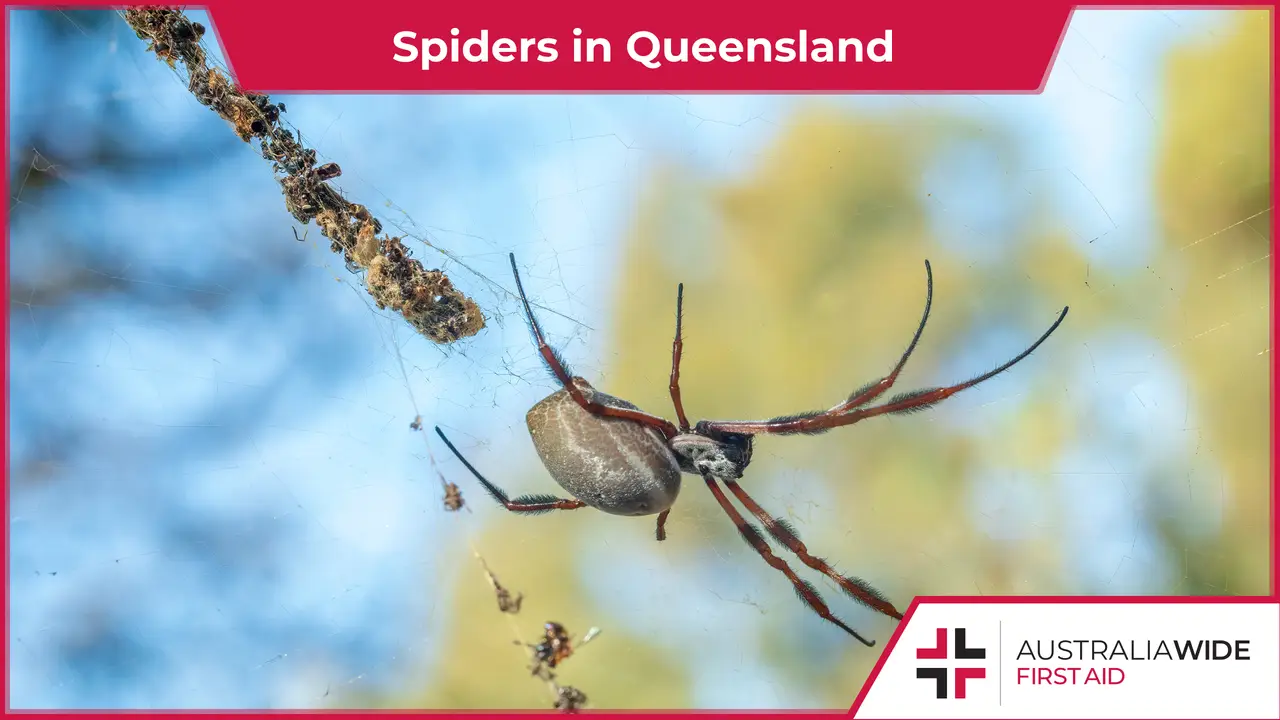

South east Queensland is teaming with a variety of spider species.
In this article, we uncover the appearance, habitat, and danger level of 6 of Queensland's most common spider species.
You can also enrol in one of our Queensland first aid courses to learn more about identifying and treating spider bites:
We have training locations in every state, capital city, and major town throughout Australia. Head to our website to find and enrol in a first aid course near you today.
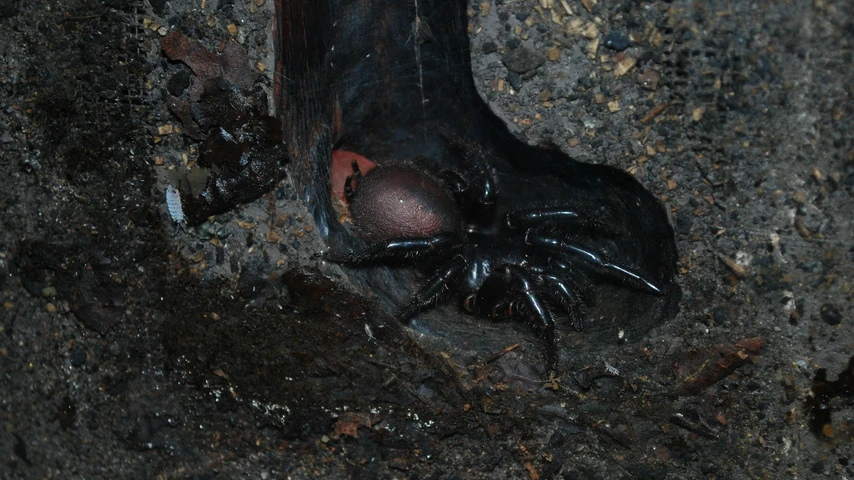
Though there are at least 40 species of Funnel web spiders, they generally have the following characteristics:
Funnel webs live in burrows in cool, sheltered sites with plenty of moisture. For instance, they can be found in or under:
Their burrows are often characterised by silk trip lines radiating out from the entrance.
Though not all Funnel webs are known to be dangerous, any bite from a Funnel web should be treated as a medical emergency.
Some Funnel-web venom can turn nerves 'on' and force them to fire repeatedly, which can lead to muscle spasms, low blood pressure, organ failure, coma, and death.
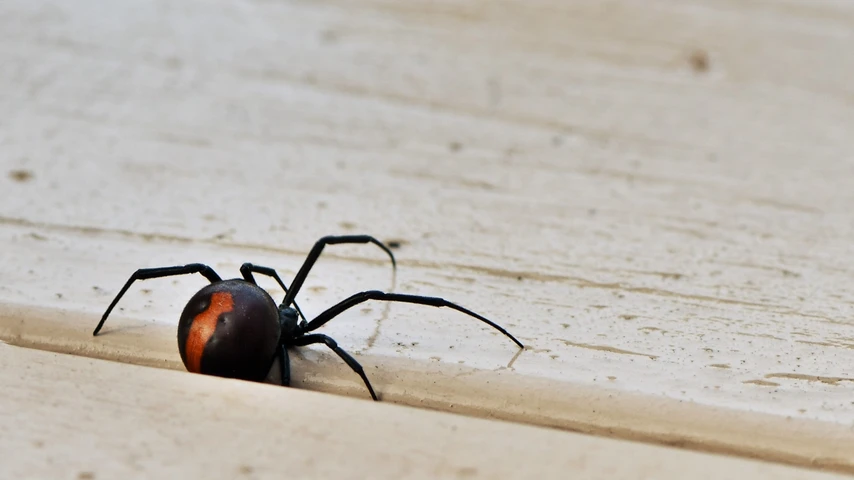
Redback spiders tend to build their webs in dry, sheltered sites close to human habitation, including:
Their webs comprise a funnel-like upper retreat area from which sticky catching threads emanate.
Redback spiders are retiring creatures and rarely leave their webs. As such, most bites occur when a person puts their hand or other body part directly into a web.
Signs and symptoms of a Redback spider bite can include:
It is important to remember, though more than 250 people receive antivenom for Redback spider bites each year, many other cases of envenomation go unreported due to the mildness of the symptoms.
Likewise, though Redback spider bites have caused fatalities in the past, the last recorded death from a Redback spider bite was in 1955, a year before the antivenom was developed.
Seek medical attention if you are worried about your symptoms, or if they get worse instead of better.
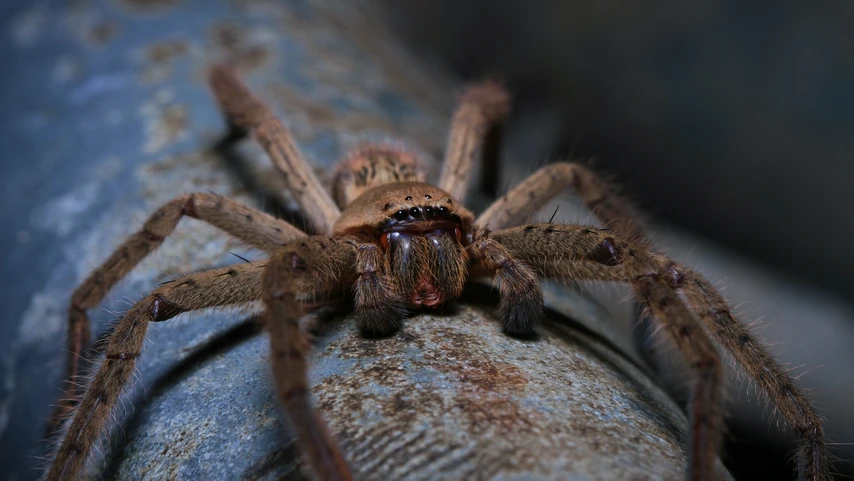
In rainy or humid conditions, Huntsman spiders have also been known to hide in homes and cars.
Huntsman spiders are largely harmless to humans, as their bites are infrequent and generally only cause negligible symptoms like mild pain and swelling.
Treat as for a Redback spider bite.
We run certified First Aid courses throughout all major Australia citys. Find a location near you.
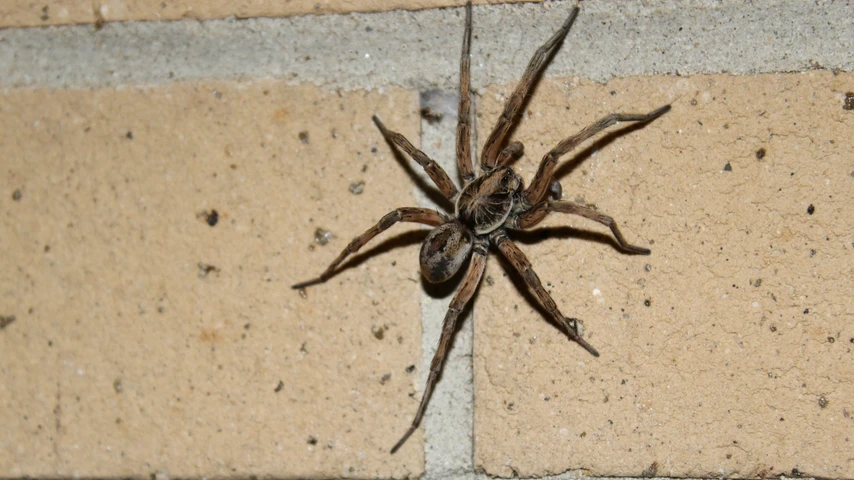
Wolf spiders commonly take shelter in suburban backyards in leaf litter or burrows, which may or may not have a trapdoor.
Wolf spider are not considered dangerous to humans, as they generally prefer to run away from conflict and their bites typically cause mild symptoms like localised pain or itchiness.
Some people, however, may experience more severe symptoms like nausea, dizziness, and a rapid pulse.
Treat as for a Redback spider bite.
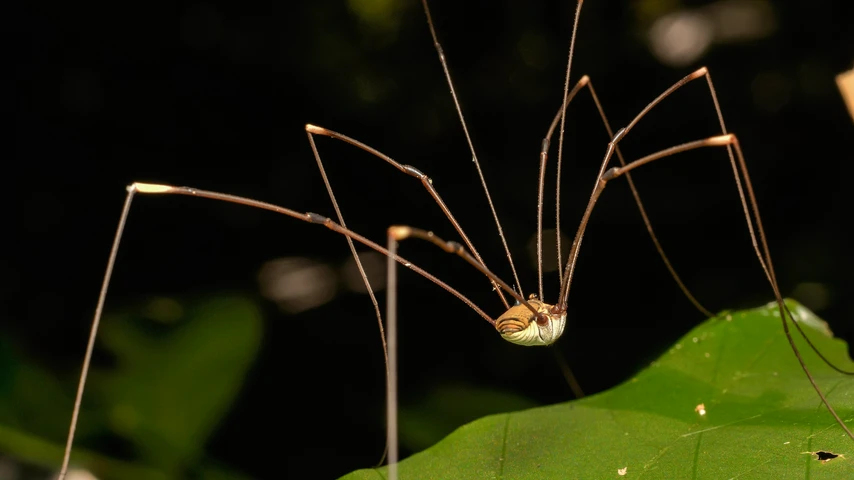
Daddy-long-legs are common throughout urban areas, especially houses. They tend to build their thin, tangled webs in sheltered, relatively undisturbed areas like:
The Daddy-long-legs spider is considered largely harmless to humans, as its venom generally only causes a short lived burning sensation.
Treat as for a Redback spider bite.
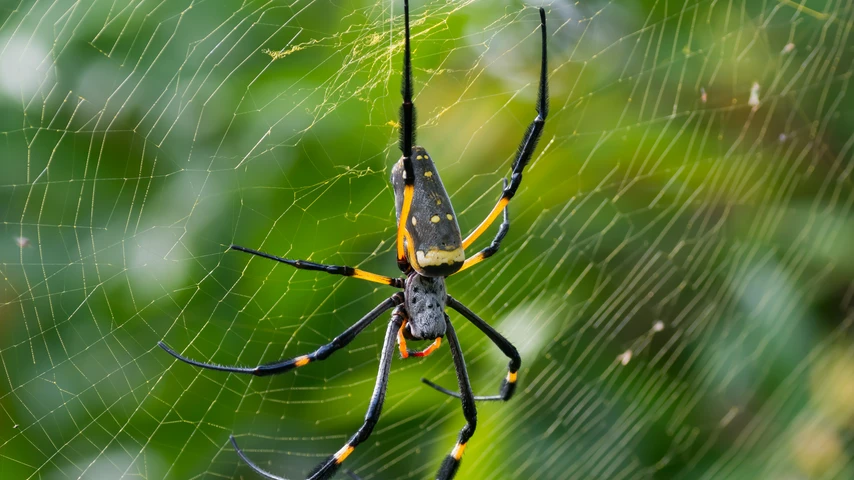
Golden orb weavers suspend their large, wheel-shaped webs between trees and shrubs in a variety of environments, including mangroves, dry open forest, and coastal sand dune shrubland.
The Golden orb weaver is considered virtually harmless to humans, as their bites are infrequent and generally only cause negligible or mild local pain, swelling, and numbness.
Treat as for a Redback spider bite.
You can enrol in one of our Queensland first aid courses to learn more about identifying and treating spider bites:
We have training locations in every state, capital city, and major town throughout Australia. Head to our website to find and enrol in a first aid course near you today.

March 11, 2025
Darwin, the tropical capital of Australia’s Northern Territory, is home to a rich diversity of wildlife - including an impressive array of spiders. From the sprawling webs of golden orb-weavers to the cryptic camouflage of trapdoor spiders, these arachnids play a vital role in the local ecosystem. While some may inspire fear, the majority are harmless and even beneficial, helping to control insect populations.

September 4, 2024
Cat bites, while often underestimated, can lead to serious health complications if not treated promptly and properly. Cats' mouths harbour a variety of bacteria that can cause infections in humans.

April 1, 2024
Encounters with wildlife can often be thrilling, but when it comes to the creature known as the drop bear, the experience can quickly turn dangerous. A sharp increase in recent attacks prompts the need for understanding proper first aid procedures in case of an attack.